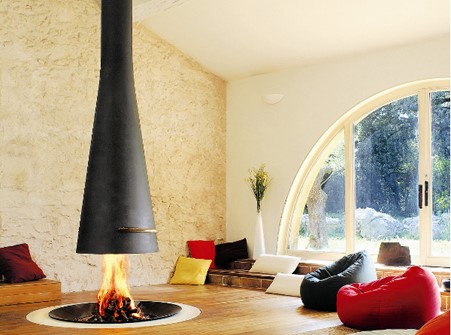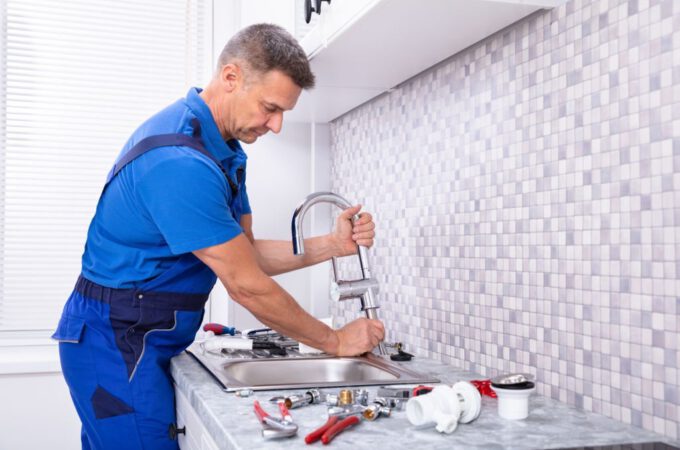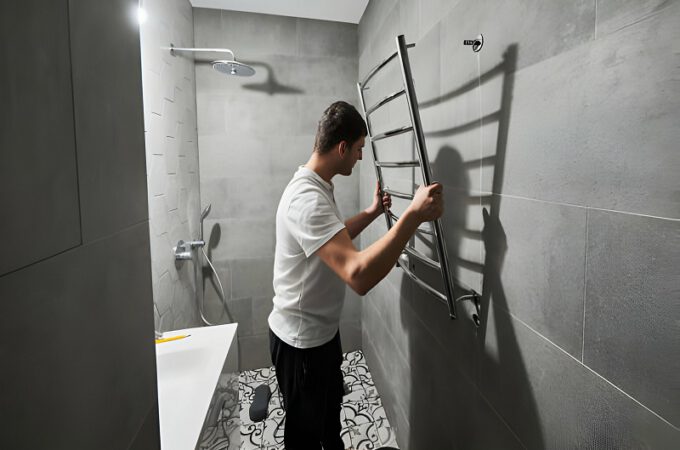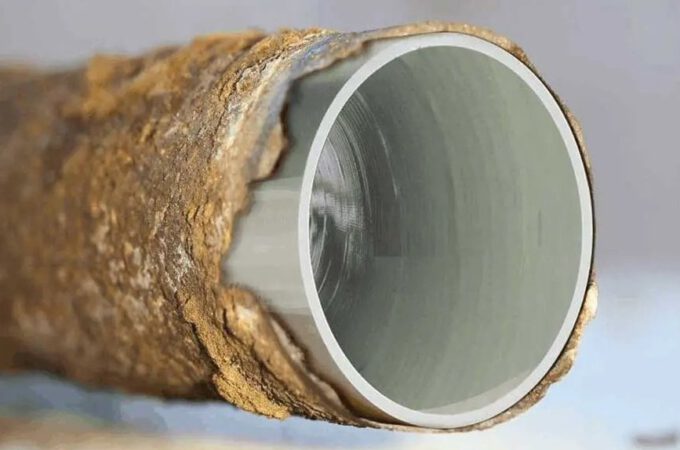
7 Things You Never Knew About Commercial painters
Commercial painters is more than just a way to improve the appearance of your home or business. It’s also an essential part of maintaining the structure and protecting it from the elements. With so many factors to consider, such as paint types, colors, finishes, application methods, and maintenance, it’s no wonder that commercial painters can be a daunting task. In this comprehensive guide, we’ll explore some lesser-known aspects of commercial painters and provide you with valuable tips and tricks to ensure a successful and long-lasting paint job.
1. The Importance of Choosing the Right Paint Type
When it comes to commercial painters, not all paints are created equal. The type of paint you choose can have a significant impact on the durability, appearance, and overall success of your paint job. Here are some key factors to consider when selecting a paint type:
Latex vs. Oil-Based Paint: Latex paints are water-based, making them easier to clean up and more environmentally friendly. They also dry faster and are less prone to yellowing over time. Oil-based paints, on the other hand, offer better adhesion and durability, making them ideal for high-traffic areas or surfaces exposed to harsh weather conditions.
Acrylic vs. Alkyd Paint: Acrylic paints are a type of latex paint that offers excellent colors retention and resistance to fading. Alkyd paints are oil-based and provide a harder, more durable finish.
Primer: A high-quality primer is essential for ensuring proper adhesion and coverage. It also helps to seal porous surfaces and prevent stains from bleeding through the paint.
2. The Science of Paint Colors
Choosing the right paint colors is more than just a matter of personal preference. There are several factors to consider, including the architectural style of your home, the surrounding environment, and even the psychological effects of different colors. Here are some tips to help you make an informed decision:
Consider the style of your home: Traditional homes often look best with classic, neutral colors, while modern homes can benefit from bolder, more vibrant hues.
Take cues from your surroundings: Look for inspiration in your landscape, neighbourhood, or regional color palettes.
Understand the psychology of color: Different colors can evoke different emotions and perceptions. For example, cool colors like blue and green can create a calming, serene atmosphere, while warm colors like red and yellow can evoke energy and excitement.

Test colors before committing: Paint swatches on different areas of your home and observe how they look in various lighting conditions.
3. Essential Painting Tools and Equipment
Having the right tools and equipment can make your commercial painters project easier and more efficient. Some essential items to have on hand include:
Brushes: Choose high-quality brushes with the appropriate bristle type (synthetic for latex paint, natural for oil-based paint) and size for your project.
Rollers: Select rollers with the correct nap length and material for your paint type and surface texture.
Sprayers: Airless paint sprayers can save time and provide a smooth, even finish on large surfaces.
Ladders and scaffolding: Ensure you have the proper equipment to safely reach all areas of your project.
Drop cloths and masking materials: Protect your landscaping, windows, and other surfaces from paint splatters and spills.
4. Proper Paint Application Techniques
Applying paint correctly is crucial for a successful and long-lasting paint job. Here are some essential tips to keep in mind:
Clean and prep the surface: Remove dirt, mildew, and loose or peeling paint to ensure proper adhesion.
Apply primer: Use a high-quality primer to seal porous surfaces and improve coverage.
Use the right tools: Choose the appropriate brushes, rollers, or sprayers for your specific project and paint type.
Apply multiple coats: Two or more coats of paint will provide better coverage and durability.
Paint in the right weather conditions: Avoid painting in extreme temperatures, high humidity, or direct sunlight, as this can cause the paint to dry too quickly or unevenly.
5. Understanding Paint Finishes
The finish of your paint can have a significant impact on the appearance and durability of your paint job. There are several types of paint finishes to choose from, each with its own unique characteristics and benefits:
Flat or Matte: This finish has little to no sheen, making it ideal for hiding surface imperfections. However, it is less durable and more prone to staining than other finishes.
Eggshell: This finish has a slight sheen and is more durable than flat paint. It’s a popular choice for exterior siding and trim.
Satin: This finish offers a moderate sheen and is more durable than eggshell, making it a good choice for high-traffic areas and surfaces exposed to moisture.
Semi-Gloss: This finish has a higher sheen and is more resistant to staining and moisture, making it ideal for doors, windows, and trim.
Gloss: This finish offers the highest level of sheen and durability, making it suitable for areas that require frequent cleaning or are exposed to harsh weather conditions.
6. Paint Maintenance and Longevity
Proper maintenance can significantly extend the life of your exterior paint job. Here are some tips to keep your paint looking fresh and vibrant:
Clean your painted surfaces regularly: Remove dirt, mildew, and other contaminants with a gentle cleaning solution and soft brush or pressure washer.
Inspect for damage: Regularly check for signs of peeling, cracking, or fading and address any issues promptly.
Touch up as needed: Keep some extra paint on hand for touch-ups to maintain a consistent appearance and protect your surfaces from further damage.
7. Paint Removal and Surface Preparation
Before you can apply a fresh coat of paint, you may need to remove old, peeling, or damaged paint. There are several methods for paint removal, including:
Scraping: Use a paint scraper or putty knife to manually remove loose or peeling paint.
Sanding: Use a power sander or sandpaper to smooth rough surfaces and remove stubborn paint.
Chemical strippers: Apply a paint-removing solution to dissolve and lift the paint from the surface.
Pressure washing: Use a pressure washer to remove paint and clean the surface simultaneously.
Conclusion
Commercial painters involve many factors, from choosing the right paint type and colors to proper application techniques and maintenance. By understanding these lesser-known aspects and following the tips and tricks provided in this guide, you can ensure a successful and long-lasting paint job that enhances the beauty and value of your home or business.





